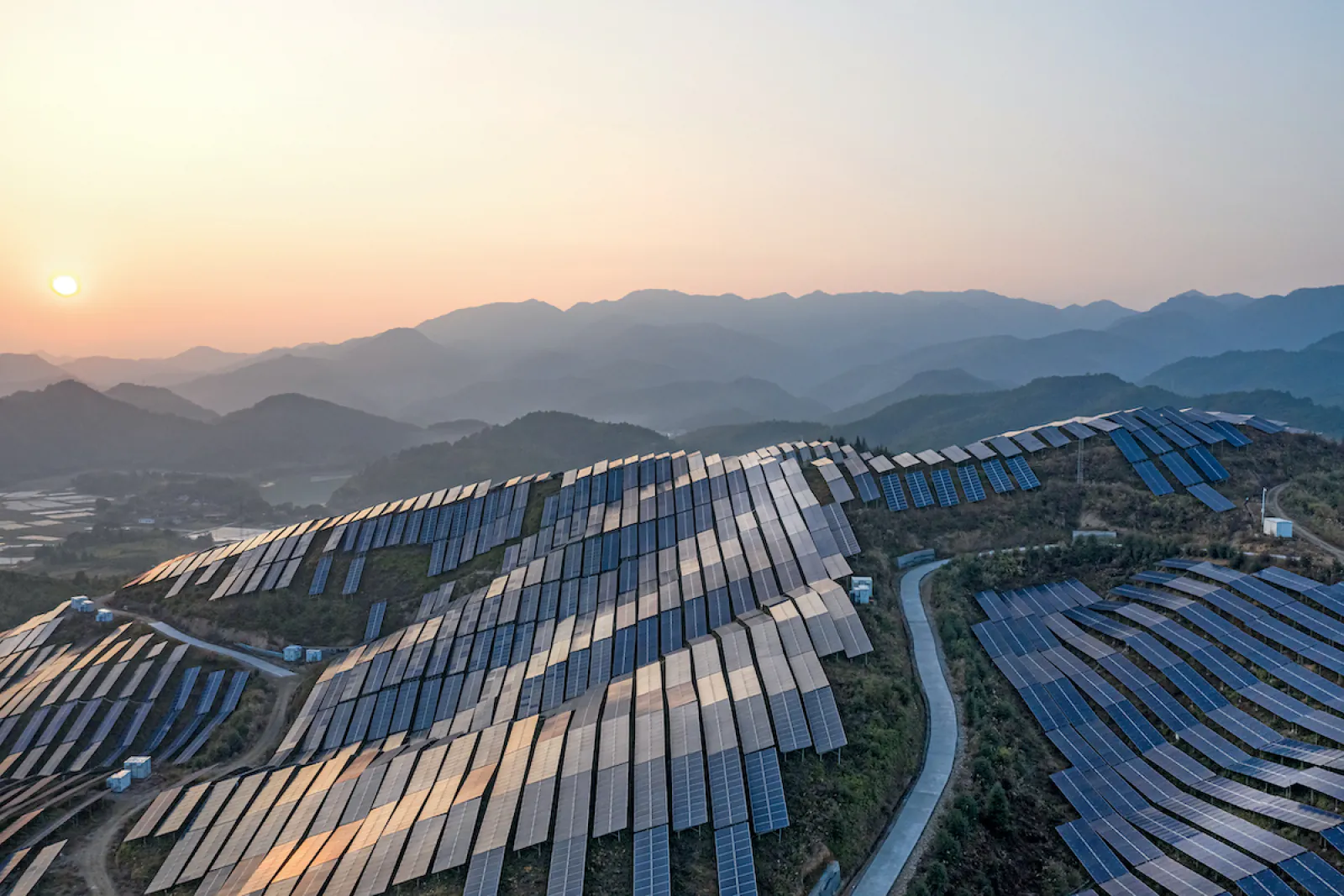After China-US, India is leading in the world in electricity production, clean energy has become a big force
India has now become the third-largest country in the world in electricity production. Now, only America and China are ahead of India in production growth. According to the IEA report, to meet the increasing demand for electricity in the country, a big investment was made, especially in solar energy, due to which the contribution of clean energy reached 83%.

India has become the third largest country in the world regarding power generation capacity over the last five years. Only America and China now surpass India in power generation growth. According to the latest report from the International Energy Agency (IEA), the demand for electricity in India is rising rapidly for several reasons, including the expansion of commercial and residential areas, increased use of air conditioners (AC) and other household appliances, and growing demand from industries. To meet this demand, power generation from all energy sources has increased in India.
The report highlighted that the primary driver of this power generation expansion is the strong shift toward renewable energy, fueled by large-scale investments in clean energy, particularly solar photovoltaic (PV) projects. The report indicated that solar PV accounted for over half of the total investment in non-fossil energy projects in India over the past five years. In 2024, 83 percent of the total investment in India's power sector was allocated to clean energy initiatives.
Government policies have been instrumental in boosting foreign investment in India's power sector, permitting 100 percent foreign direct investment (FDI) in all areas related to power generation (except nuclear power) and transmission infrastructure. However, the report also notes that foreign portfolio investment (FPI) in India's energy sector has faced a decline over the last two years, which is attributed to a combination of macroeconomic and sector-specific challenges. Despite this, the long-term outlook for India's power sector remains positive.
The IEA asserted in the report that India was the leading recipient of funding from the Development Finance Institution (DFI) for clean energy in 2024, receiving approximately $2.4 billion to promote clean energy production. Foreign direct investment (FDI) in India's power sector has been steadily increasing, reaching $5 billion in 2023, nearly double the investment prior to the COVID-19 pandemic.
To achieve the target of producing 5 million tonnes of green hydrogen in the country by 2030, it is crucial to create demand on a large scale. A report by Bain & Company, the industry body CII, and the Rocky Mountain Institute indicates that India can reach this goal by selecting strategic sectors, mixing, leveraging public procurement, and coordinating with export opportunities. To mitigate the risks associated with green hydrogen adoption, various measures must be taken, including reducing raw material costs.
The report forecasts that the demand for green hydrogen from oil refineries is expected to reach 2 million tonnes, 9 million tonnes from the fertilizer sector, and 1 million tonne from piped natural gas by 2023. On the export front, green hydrogen exports could yield between 8 and 11 million tonnes.
For Latest News update Subscribe to Sangri Today's Broadcast channels on Google News | Telegram | WhatsApp






































.jpeg)

































































































